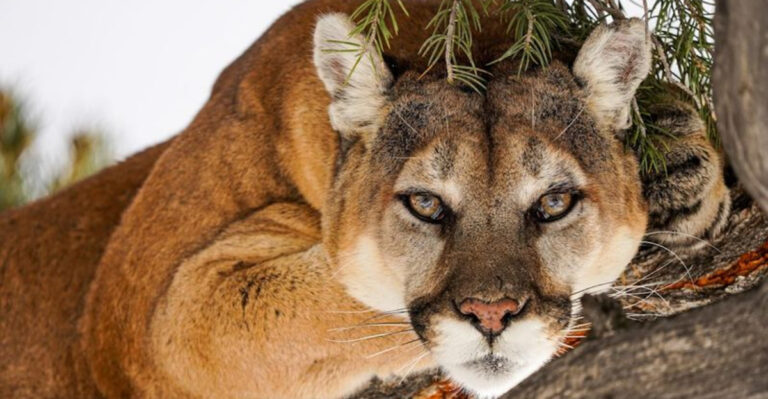World Tapir Day Is Here: Let’s Compare All Tapir Species And What Makes Each One Special
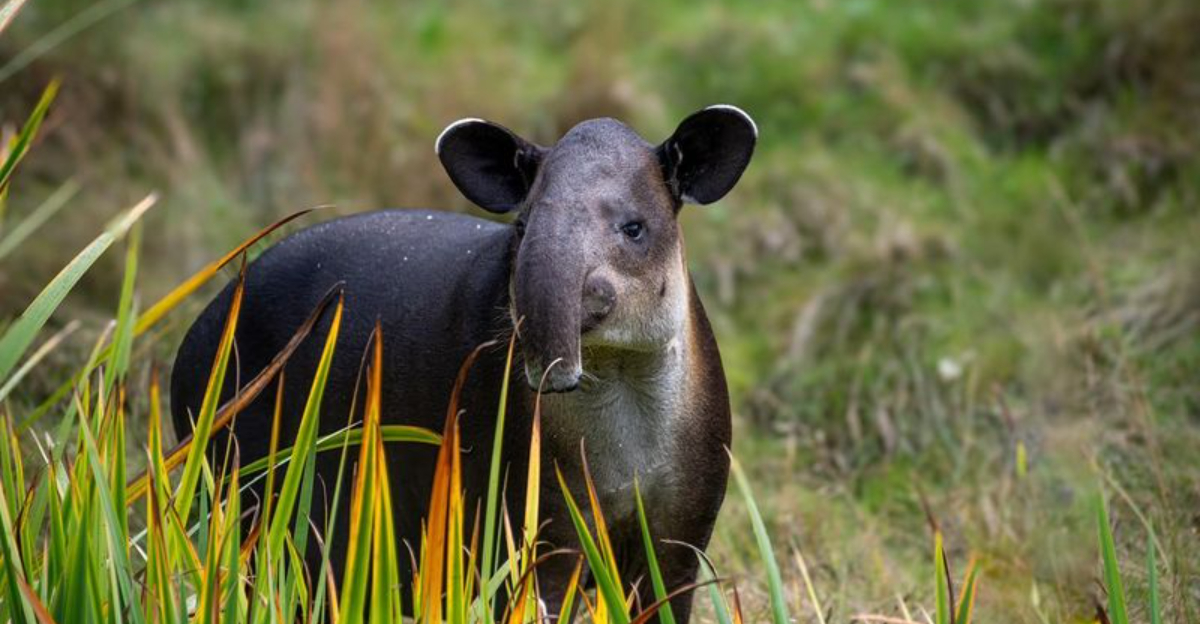
World Tapir Day is coming, and these quirky, snouted wonders deserve the spotlight!
With just four species on the planet, each one brings something unique to the table – whether it’s a woolly coat, a bold black-and-white pattern, or expert swimming skills.
They may not be the loudest animals in the forest, but they’re definitely some of the most fascinating. Let’s dive into the world of tapirs and see what sets each one apart!
1. Baird’s Tapir: The Central American Forest Dweller
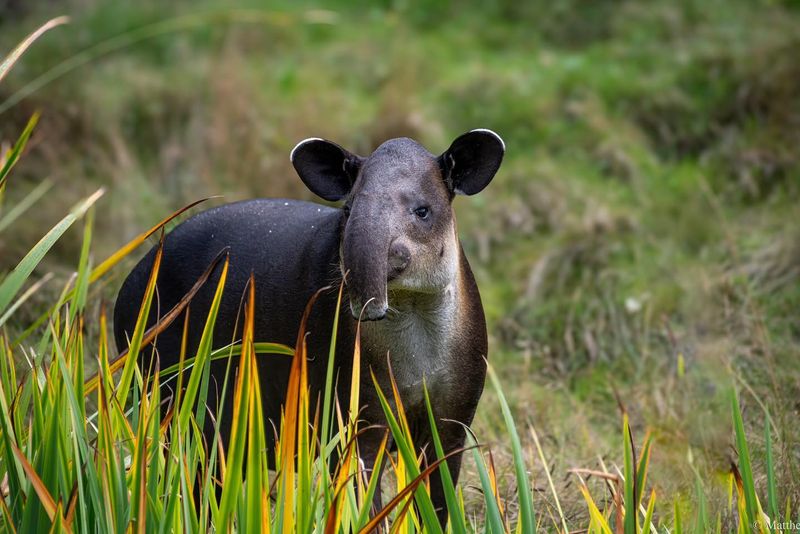
Meet the Baird’s Tapir, your friendly forest companion roaming Central America’s rich landscapes. With its elongated snout, it navigates through the dense jungle, seeking out fruits and leaves.
This tapir, often mistaken for a prehistoric creature, perfectly blends into the vibrant backdrop of its tropical home. Its presence is vital for forest regeneration, spreading seeds far and wide.
2. Brazilian Tapir: South America’s Riverbank Resident
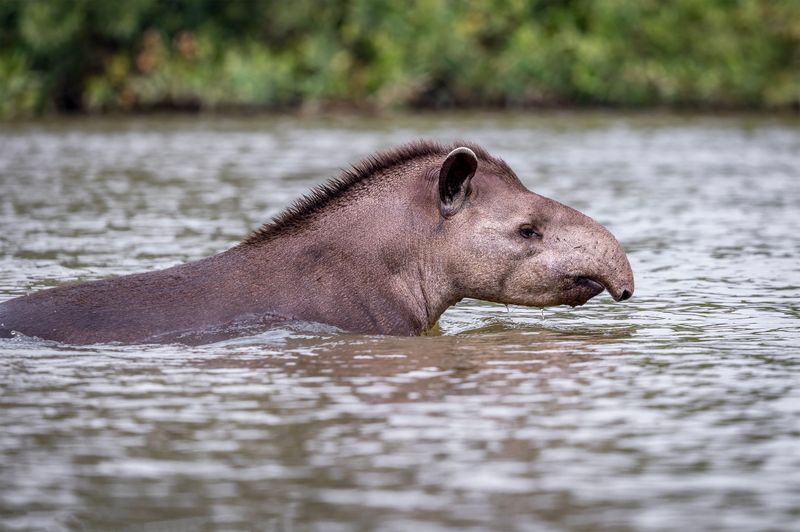
Splashing around South America’s riverbanks, the Brazilian Tapir is quite the aquatic aficionado. With a love for water, it cools off in the rivers, dodging predators.
Its sturdy physique and adaptable nature make it a master of both land and water. This tapir is vital for maintaining ecological balance in its habitat through seed dispersal.
3. Mountain Tapir: The Woolly Climber Of The Andes
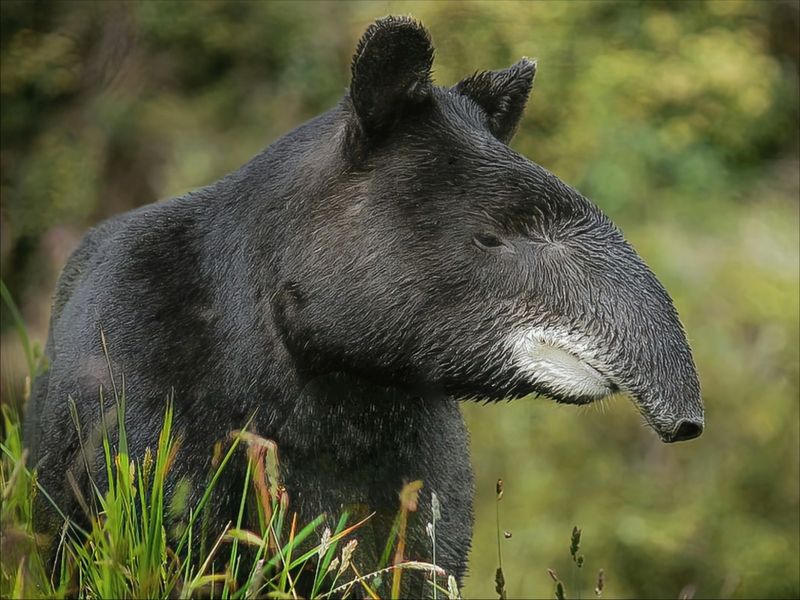
Venturing up the Andes, the Mountain Tapir is a woolly wonder built for altitude. Its thick fur keeps it warm, while agile limbs navigate rocky paths.
These tapirs are like living relics of ancient mammalian history, surviving in isolated highland regions. They are crucial for Andean ecosystems, playing a key role in seed dispersal and vegetation control.
4. Malayan Tapir: Asia’s Black-And-White Mystery
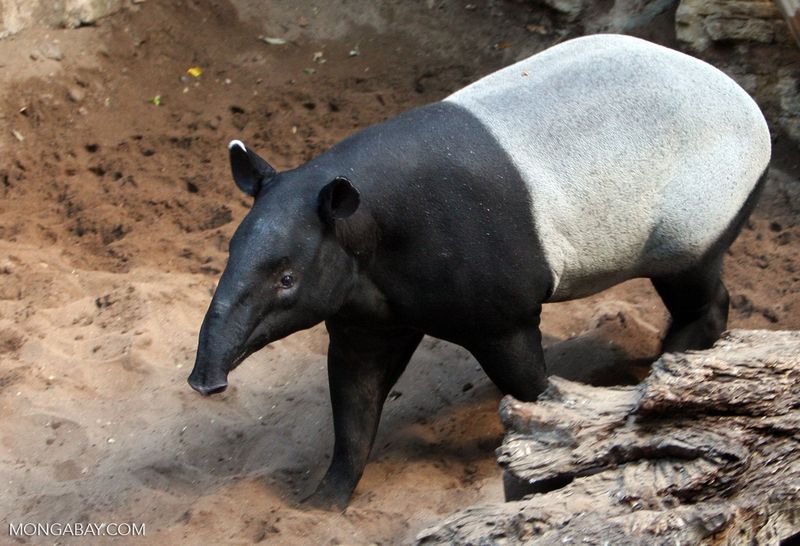
Imagine a creature that looks like it’s wearing a tuxedo – meet the Malayan Tapir! With its distinctive black and white markings, it’s a master of stealth in the rainforests of Asia.
This tapir’s mysterious appearance is matched by its elusive nature, often shying away from human eyes. It plays a pivotal role in forest dynamics through seed dispersal.
5. Size Differences Among The Species
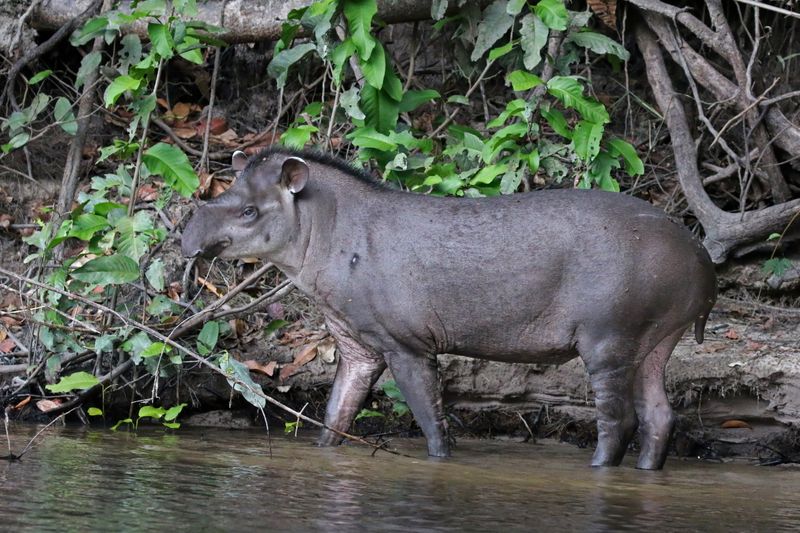
Tapirs come in a variety of sizes, from the hefty Baird’s to the relatively petite Mountain Tapir. These variations are adaptations to their environments, aiding in survival.
Larger tapirs muscle through dense forests, while smaller ones scamper through rugged terrains. Each size serves a purpose, balancing the tapirs’ needs with their ecological niches.
6. Coat Colors And Markings
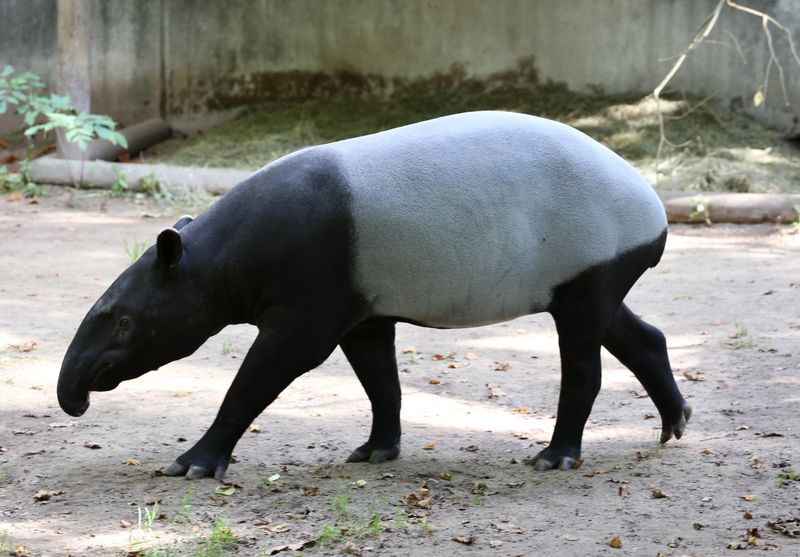
Tapirs’ coats are as diverse as their habitats. From the Malayan’s eye-catching contrast to the Mountain Tapir’s earthy hues, these markings are more than aesthetic.
They provide camouflage, helping tapirs evade predators. Each species’ unique pattern is a testament to nature’s ingenuity, tailored to match their environment and ensure their continuity.
7. Where Each Tapir Species Lives
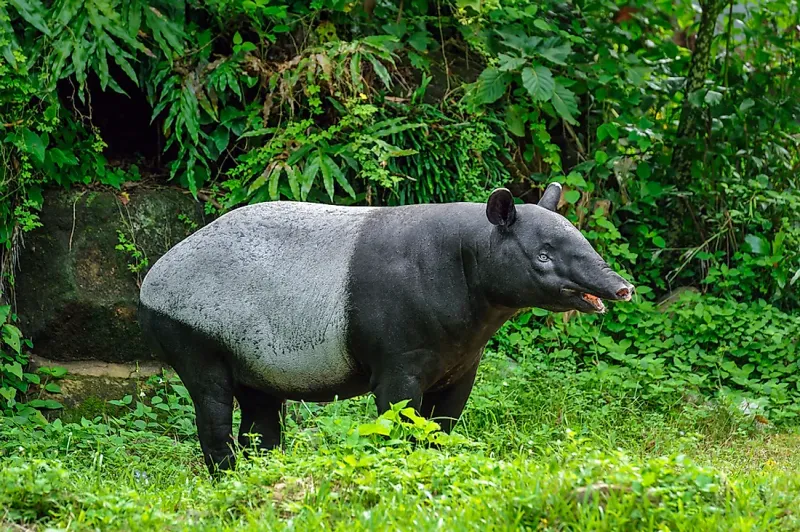
Tapirs are global wanderers of the animal kingdom. Baird’s roam Central America’s forests, while Brazilian Tapirs thrive near South American waterways. Mountain Tapirs ascend the Andes, and Malayan Tapirs slip through Asian rainforests.
These habitats shape their lifestyles and behaviors, offering a glimpse into the diverse world of tapirs.
8. Preferred Types Of Habitat
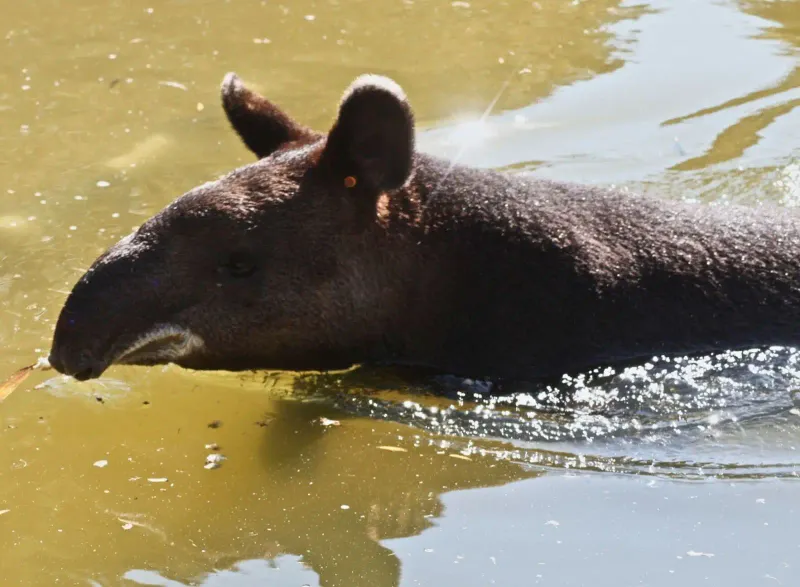
Tapirs are habitat specialists, each finding its niche in unique environments. Whether it’s the rain-soaked forests, riverbanks, or chilly highlands, their habitats provide essential resources.
These ecosystems support tapirs’ dietary needs and offer protection from predators. The preservation of these habitats is crucial for tapirs’ survival and biodiversity.
9. Fur Texture And Thickness
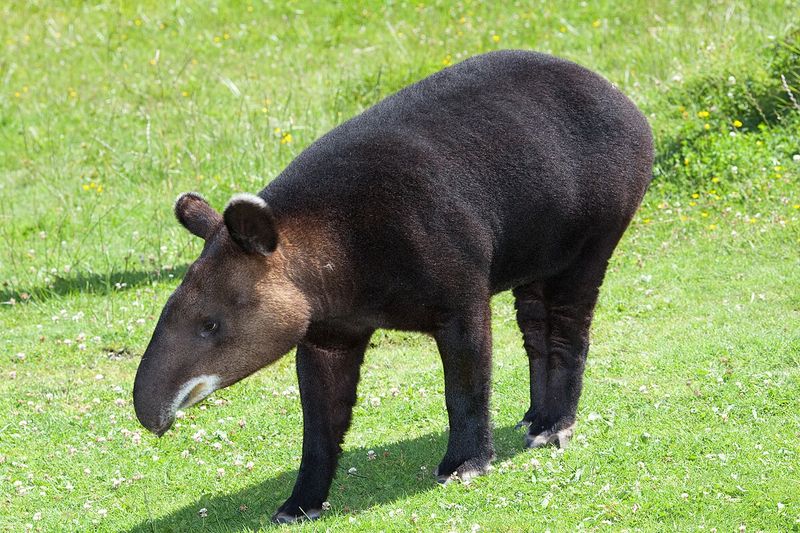
The Mountain Tapir flaunts a woolly coat for cooler altitudes, while others have smoother fur for warmer climates. These differences in fur texture and thickness are adaptations to their environments.
Each species’ coat is a unique adaptation, providing warmth or shedding moisture, ensuring they thrive in their habitats.
10. Shape And Size Of The Snout
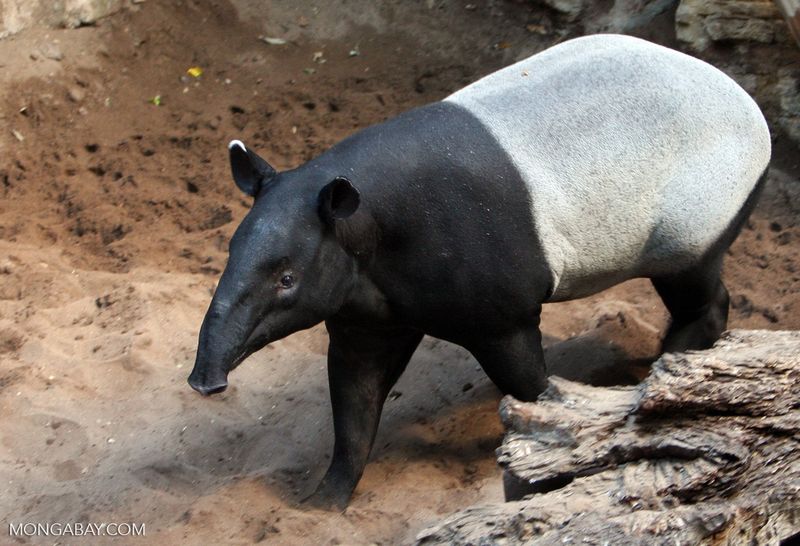
The tapir’s snout is like a Swiss Army knife, versatile and handy. Baird’s boasts a long, flexible proboscis, while the Brazilian’s is more compact.
These variations help tapirs forage efficiently, adapting to available food sources. The snout’s design is integral to their survival strategy, allowing them to thrive in diverse ecosystems.
11. Which Tapirs Are Endangered
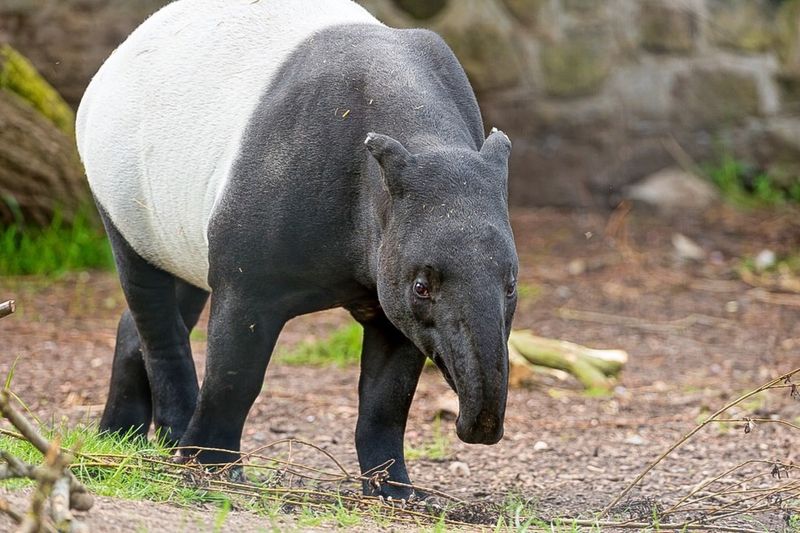
Many species, like the Mountain and Malayan Tapirs, face threats from habitat loss and hunting. Conservation efforts are crucial to protect these gentle giants.
By understanding these dangers, we can work towards preserving their environments, ensuring future generations witness these remarkable creatures.
12. How Well They Swim And Use Water
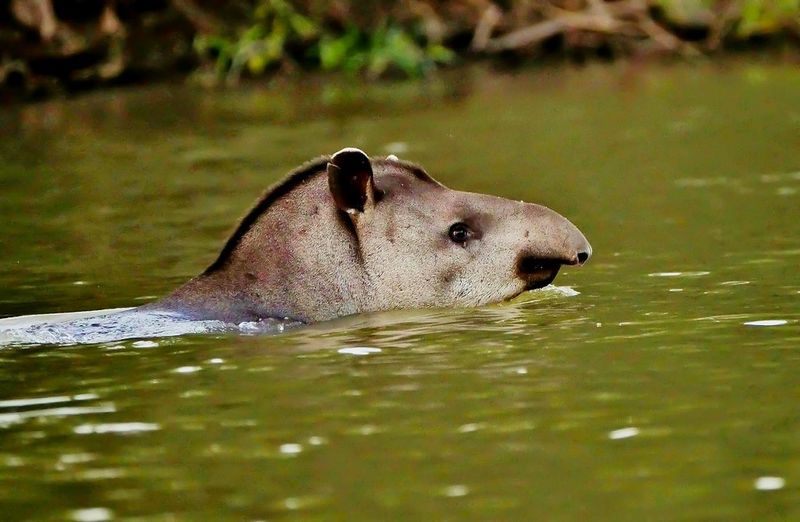
Tapirs are aquatic wonders, using water as a refuge and playground. Brazilian Tapirs are especially adept, their bodies streamlined for swimming.
Water offers escape from predators and aids in temperature regulation. This affinity for aquatic environments highlights the tapirs’ versatile nature, crucial for their survival in diverse ecosystems.
13. Climate Adaptations Of Each Species
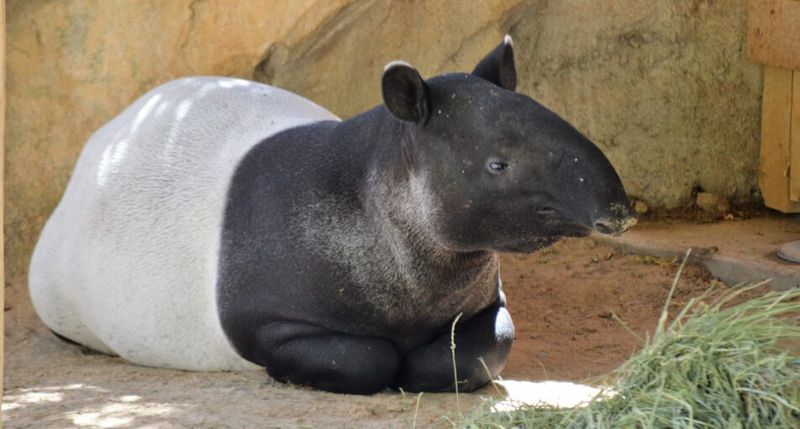
From the warm, humid homes of the Malayan Tapir to the chilly, misty Andes for the Mountain Tapir, each has evolved to withstand its environment.
These adaptations include changes in fur, size, and behavior, ensuring survival amidst diverse climates. Understanding these adaptations provides insight into their ecological roles.
14. Ways Tapirs Communicate
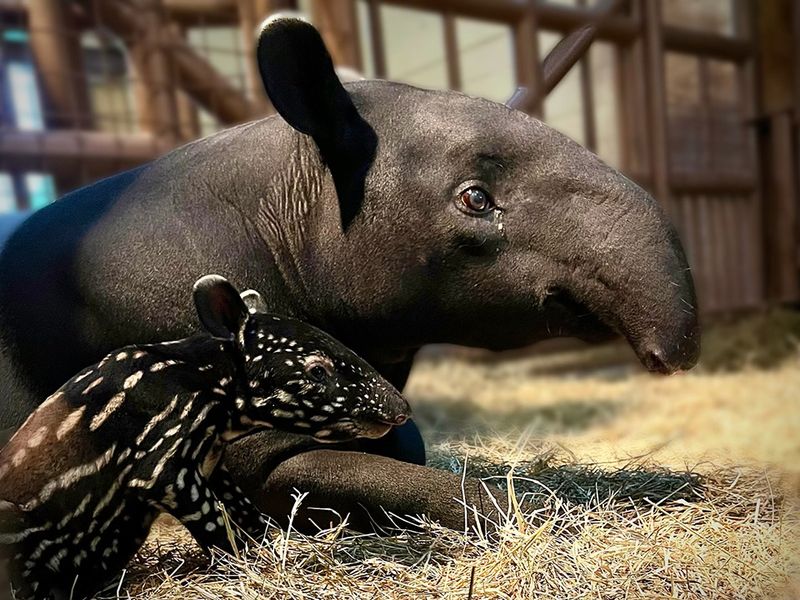
Tapirs, though silent, have their own communication style. They use high-pitched whistles and snorts to convey messages.
Body language also plays a role, from ear movements to tail gestures. These communication methods are vital for social interactions and alerting others to potential dangers, ensuring their safety and cohesion within groups.
15. What Baby Tapirs Look Like
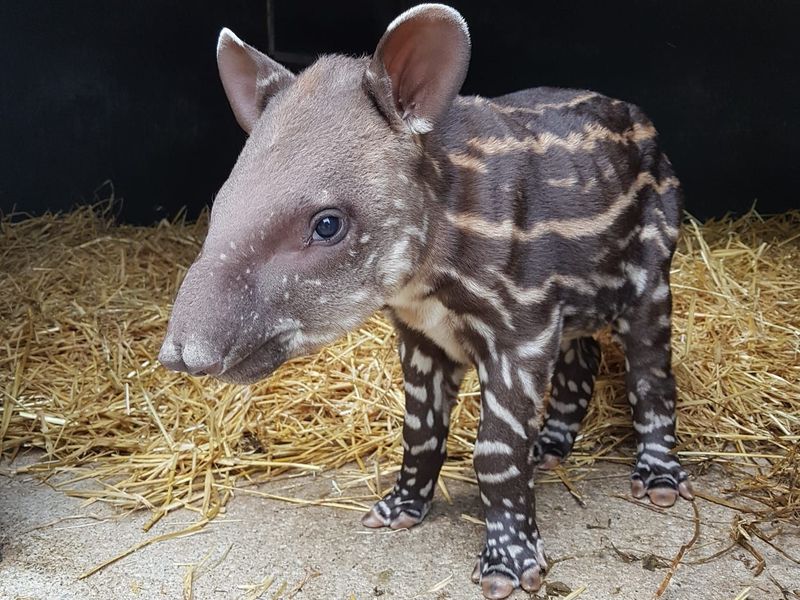
Picture a tapir, now shrink it and add stripes – that’s a baby tapir for you! These adorable creatures boast stripes and spots, offering camouflage in the wild.
Their playful antics and curious nature make them endearing. These markings fade as they mature, but during their early days, they are nature’s little camo experts, blending with dappled light.
16. When Each Tapir Is Most Active
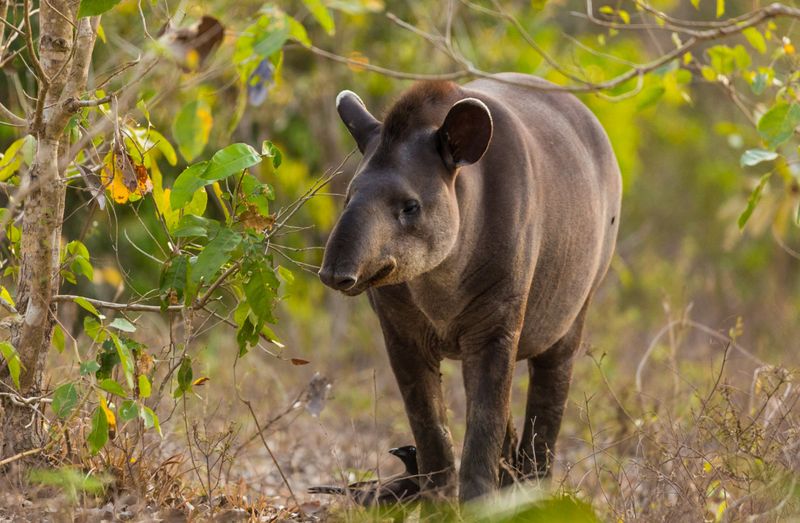
Tapirs are creatures of habit, with activity peaks at dawn and dusk. These crepuscular beings avoid the midday heat, staying in the shade.
This behavior helps them conserve energy and avoid predators. Each tapir’s active periods align with their environmental needs, showcasing their adaptability and instincts honed by evolution.




